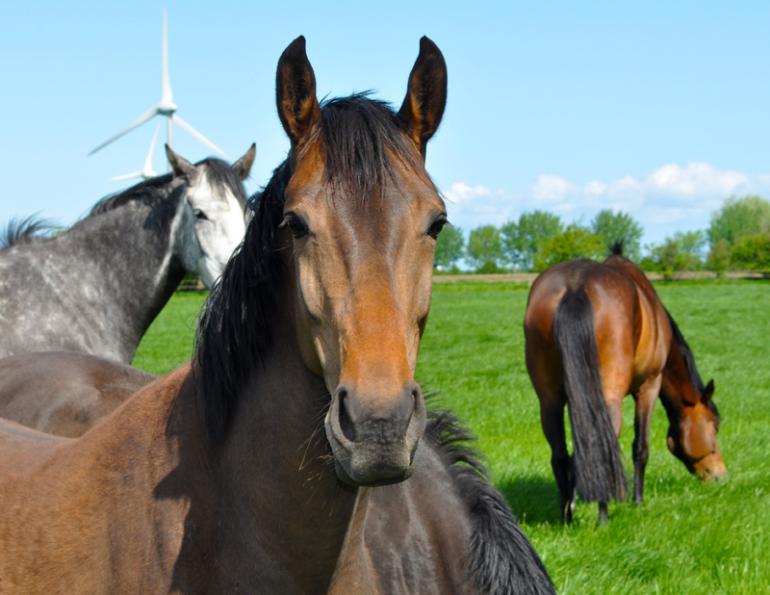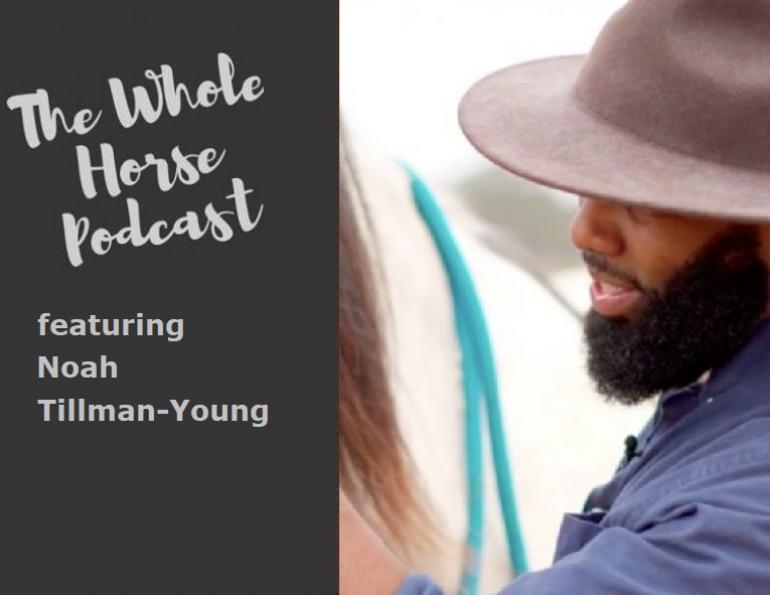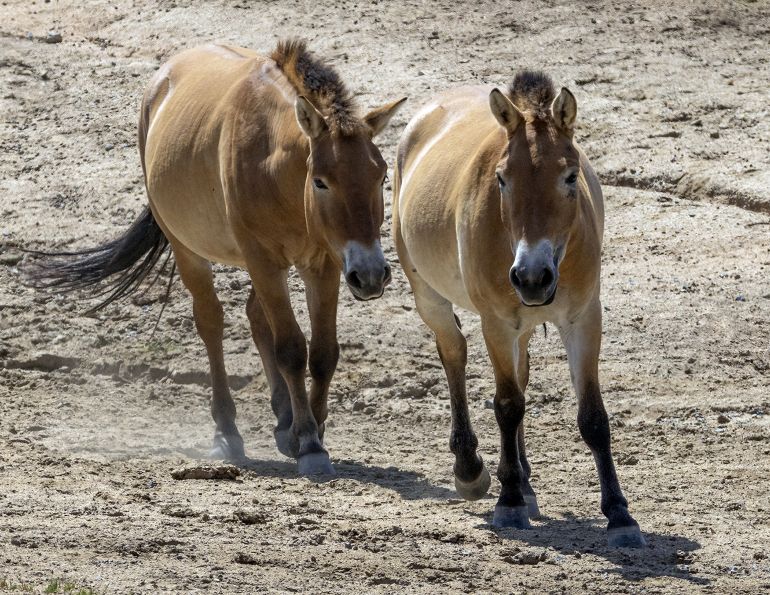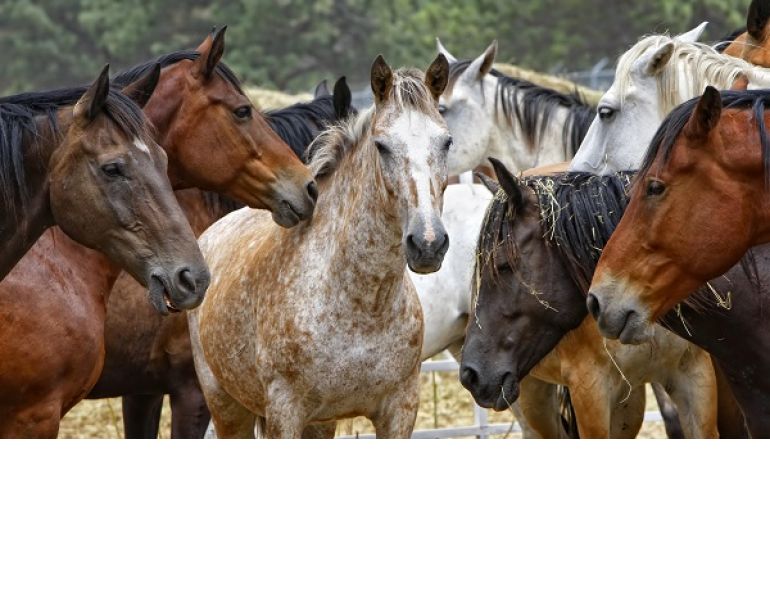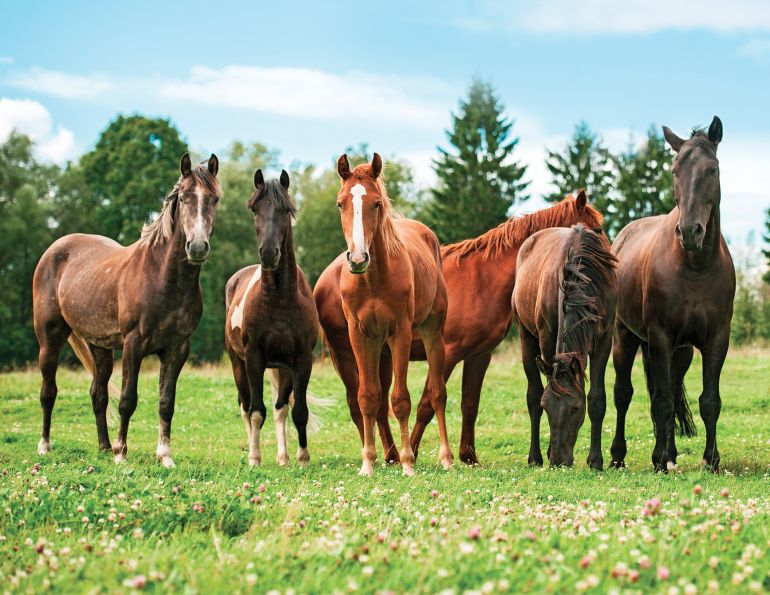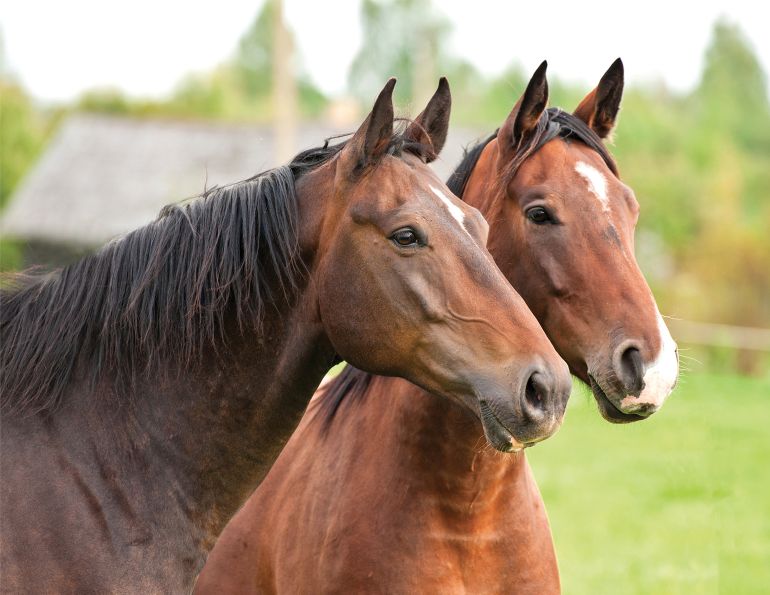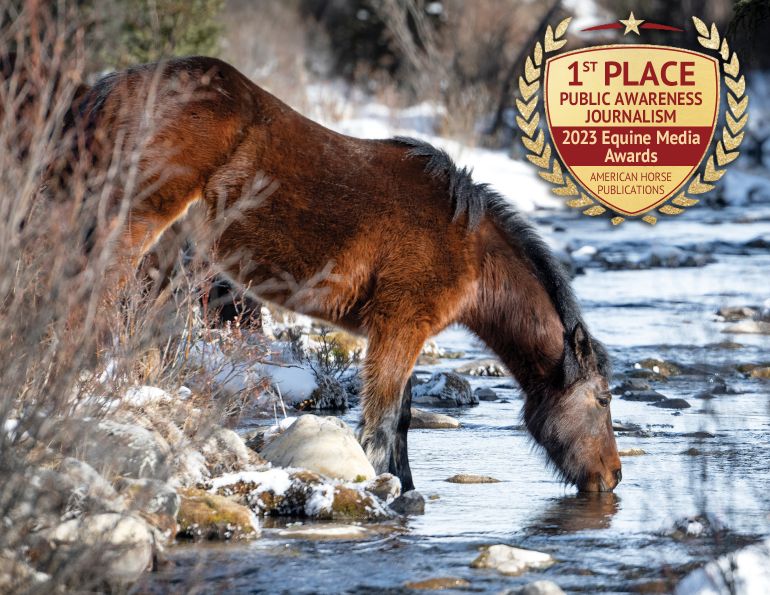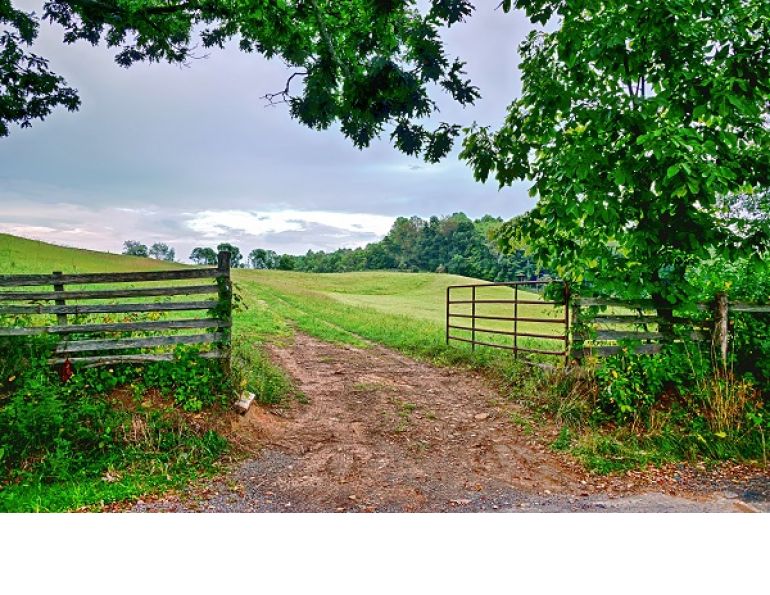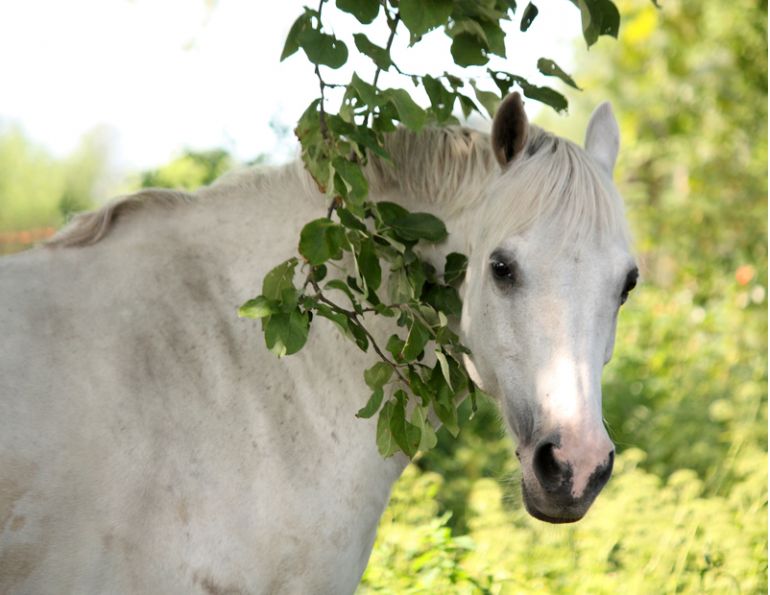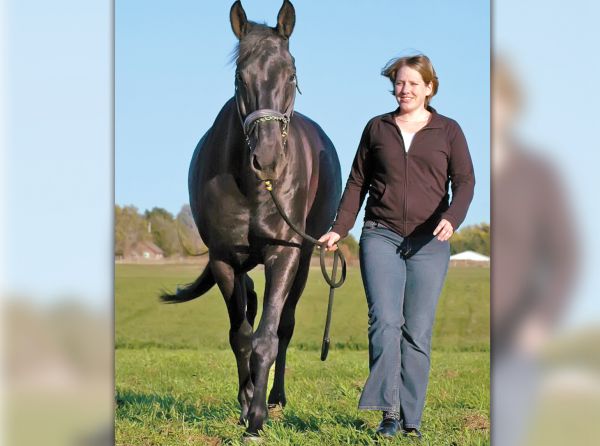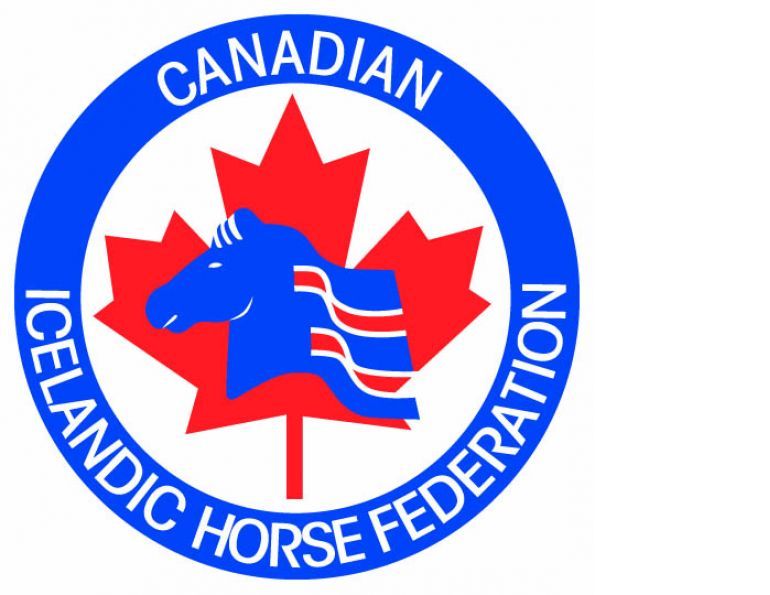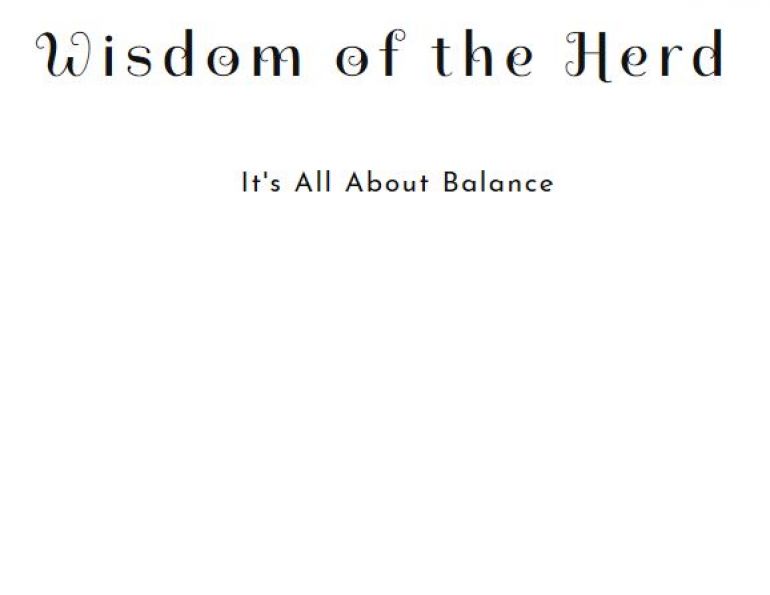By Judith Lavoie
It’s raining, with a chilly wind blowing across the open field, and, as usual, the dull-eyed horse is standing at the gate, hanging his head. His ribs are showing, there is minimal shelter and concerned neighbours have reported the owner to the SPCA or local humane society.
Until last year, too often, there were times when little could be done to help the animal, especially if the owner resisted education and insisted he was caring adequately for a horse by providing the bare necessities of life. But, last summer, Canada’s new Code of Practice for the Care and Handling of Equines was released by Equine Canada and the National Farm Animal Care Council and those standards should help educate horse owners, provide tools to enforcement agencies and, ultimately, mean a better life for many horses, donkeys and mules in Canada.
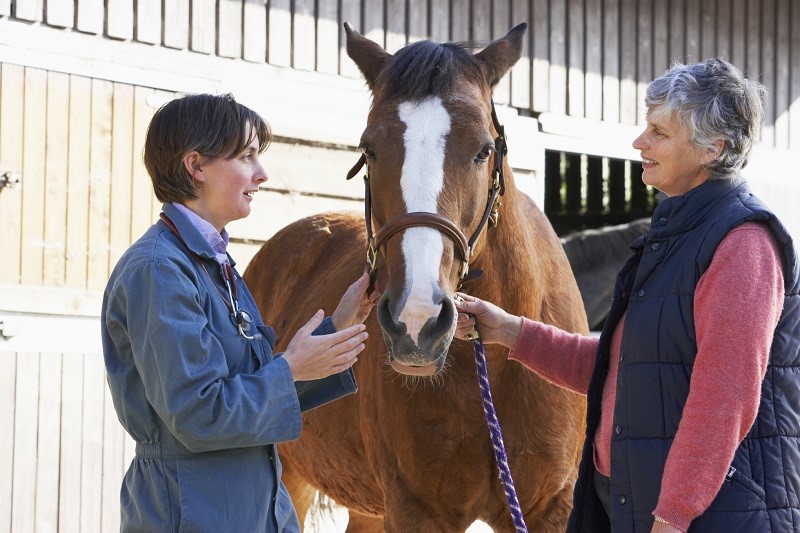
The Code is meant to provide recommendations to be used not only in cases of neglect or abuse, but to educate new horse owners who may not know the basics of horse care or understand the related costs, as well as to provide guidance to owners in rural areas who do not have easy access to a veterinarian. Photo: ©ISTOCK.COM/monkeybusinessimages
The 2013 Equine Code, put together by an 18-member committee of horse owners, horse industry representatives, veterinarians, scientists, and animal welfare groups, spells out better standards of care for horses and, when necessary, gives a framework that can be used to prosecute neglectful or cruel horse owners.
Although the new Code is not legally binding, it will be used as a reference document, said Bill desBarres, chairman of the Horse Welfare Alliance of Canada.
“Provincial organizations have said it will be a valuable tool to assist with regulations and that is as much as we could ever hope for,” desBarres said.
In addition to enforcement officers using the Code to educate horse owners, the provisions will be used to show courts the standard of care expected by the horse industry.
Code committee member Les Burwash, manager of horse programs for Alberta Agriculture, is hoping the new Code sets out requirements that horse owners and handlers will not be able to ignore.
“What the Code does is establish a standard of care for horses, donkeys and mules that the industry says is acceptable,” he said. “If everyone lived by the Code, man, our horses would be in great shape.”
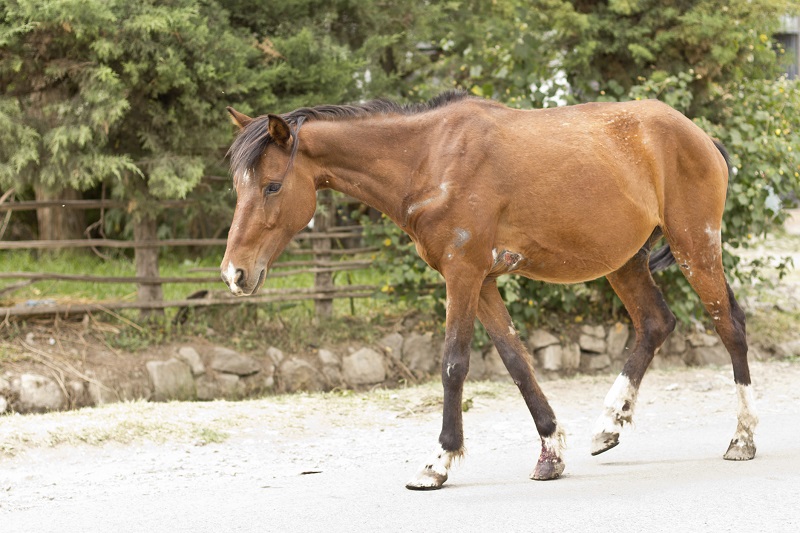

It is hoped that the new Code will make cruelty and neglect cases involving horses easier to prosecute. Although the Code is not legally binding, it will be used as a reference document to illustrate the standard of care expected by the horse industry.
The new Code, which took two-and-a-half years to hammer out, replaces guidelines that had not been updated for more than 15 years. It has 75 requirements for equine care, instead of 25 in the 1998 code, and, there are numerous recommendations on how to provide good care from birth to euthanasia. In future, the aim is to have the Code updated regularly to reflect new research, information or changing societal attitudes.
The Code specifies how horses should be housed and fed, sets out how social needs should be met, details adequate hoof care and exercise requirements and spells out how to identify when euthanasia is the best option.
Recommendations on improving horse care range from minimizing stress during training and providing the best nutrition for your horse to having a handy first aid kit during trailering and checking that blankets are waterproof.
In one of the more controversial moves, the Code identifies unacceptable practices and forbids tail blocking, tail docking for cosmetic purposes, and tail nicking – cutting the horse’s tail muscle so the animal carries the tail high.
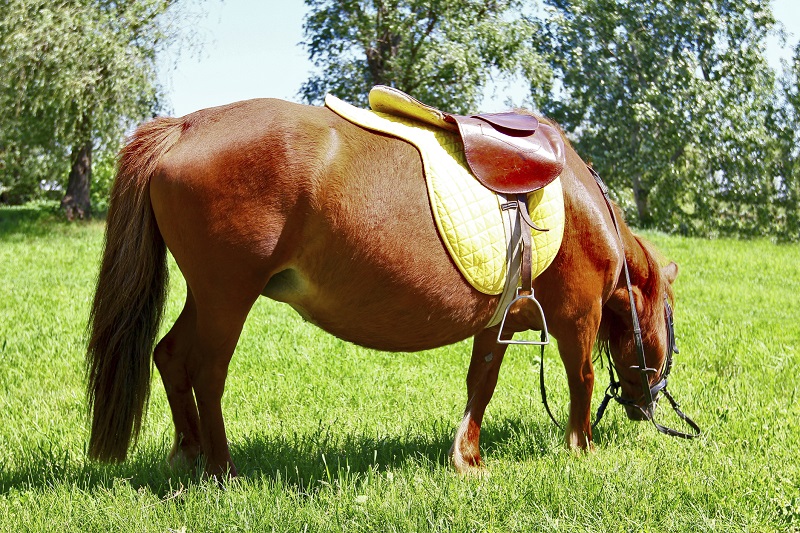
Veterinarians see many cases of mistreatment and neglect due to lack of knowledge on the part of the horse owner, rather than deliberate cruelty. Not all neglected horses are starving; many health concerns are related to obesity. Photo: Roman023/Stock Photos/Photos.com
Committee members hope the document will be used not only by those dealing with cases of neglect or abuse, but by every horse owner and those contemplating buying a horse.
“We tried to set standards that were easy to understand,” said Jack de Wit of Brooklin, Ontario, chairman of the Code Development Committee and an Equine Canada director.
“We wanted to keep in mind that we were not only writing it for professionals, we were also writing it for little Sally Smith in rural Canada and for the people who don’t always have a veterinarian at their fingertips,” he said.
The goal now is to pass the information to the wider horse community. Animal advocacy organizations and sport groups across the country are briefing members and encouraging trainers to pass on information to their students.
“We’re doing outreach to make sure people know about the new standards,” said Erica Mattson, B.C. SPCA stakeholder relations officer.
The key is reaching beyond those who turn out for community meetings as they are usually the responsible horse owners, said Dr. Bettina Bobsien, an equine veterinary specialist who represented the Canadian Federation of Humane Societies and B.C. SPCA on the Code Development Committee. Bobsien would like all Canadian equine owners or prospective owners to read the Code.
“This is Horse Care in Canada 101,” she said.
The requirements and recommendations are especially useful for new owners who may not know the basic tenets of horse care or have any idea of the cost involved, she said.
“As a practicing veterinarian, I get calls to places where the halter still has the price tag on it and the obese horse is standing in a field with two feet of grass,” said Bobsien, who believes lack of knowledge rather than deliberate cruelty, is most often responsible for cases of horse mistreatment and neglect.
The Code includes a budget template, which all prospective horse owners are advised to study to see if they can afford to keep a horse. The message is clear – if you don’t have the money, don’t get a horse.
“We are saying you must have the resources and the knowledge to care for a horse as long as you own it. That seems obvious, but, in some of the terrible cruelty and neglect cases we see, it seems it is not obvious,” Bobsien said.
Some excuses commonly given to enforcement officers will no longer be acceptable because of the prescriptive requirements of the Code.
“To say ‘I just can’t afford quality hay or to have the teeth floated’ just doesn’t cut it anymore,” Bobsien said.
The requirements set out in the Code will give lawyers and judges a breakdown of normally expected standards of care, making prosecutions less a matter of guesswork if an owner insists that the care he was giving was adequate.
Kelly Coughlin, Horse Council B.C industry manager, agrees that ignorance, financial strain, and even personal health issues often play a major part in neglect and cruelty.
“People often don’t want to admit they either need help from a knowledgeable source or that they need to sell their horses because they honestly can’t afford to have a horse,” she said.
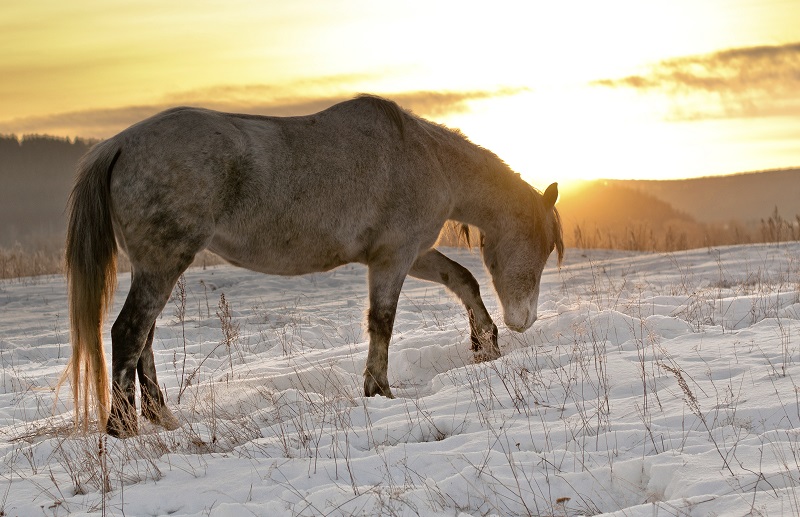
A common practice in some areas of Canada is to rely on snow to meet horses’ water requirements in winter. The Code specifies that owners must provide adequate clean water to maintain health and, in extreme weather, must pay special attention to how much animals are drinking. Photo: Albo1975/Stock Photos/Photos.com
There is also the constant problem of bad advice from self-appointed experts or websites.
“If you get ten different horse people in a room, you’ll get ten different opinions,” said Bobsien.
HCBC strives to help owners weed through opinions and misinformation, but it is a challenge, Coughlin said.
“That is why I am excited about the updated Code. Equine veterinarians and industry experts worked together and found a common voice to say this is an acceptable standard of horse care. Less is not acceptable,” she said.
“I would love to think that, one day, there will be a copy of the Code in every barn and, more importantly, people will follow the guidelines and recommendations.”
An overarching aim was to ensure all requirements and recommendations were rooted in proven science and the committee was helped by a five-person scientific committee, who gave advice on the latest research in equine behaviour and health.
“Everything is scientifically based and, in the first Code, that was not done,” de Wit said. The result is a Code that is one of the most comprehensive in the world, he said. “It is perhaps the most important project in recent Canadian history for the health and welfare of equines.”
However, the Code was not born without labour pains and committee members struggled to come up with requirements and recommendations that met the needs of horses, whether under the care of feedlots or backyard owners.
“When we really hit a wall, we had to sit back and say ‘what is the best for the horse?’” Bobsien said.
That helped get over humps such as how to deal with practices commonly used in rural areas that would not be acceptable in more urban areas with easier access to a veterinarian. It also helped avoid getting hung up on the controversial issue of horse slaughter – although the Code applies to horses held in feedlots.
One of the most difficult issues was finding a compromise on castrations by a lay person. Castration is specifically exempted from the Veterinary Act in Alberta and Saskatchewan, meaning it can legally be carried out by a lay person. In those areas castration was sometimes carried out without a veterinarian present and with no anaesthetic or pain control.
“We took a bold step and said, if you are going to do this, you must provide pain control and we gave very specific ways on how that was to be accomplished,” Bobsien said.
Now if someone castrates without pain medication and the case is taken to court, the Code will show that the horse industry deems it unacceptable.
Another potential problem arose over whether snow should be allowed as a water source, a common practice in some areas of the country. The Code now specifically notes that “snow alone will not meet their water requirements.” Instead, owners must provide enough clean water to maintain health and, in extreme weather conditions, whether hot or cold, special attention must be paid to water availability and how much animals are drinking.
For years there has been growing frustration among animal welfare organizations and concerned members of the public over the difficulty of pushing cruelty or neglect cases through the legal system. Even in cases where there have been successful prosecutions, sentences have often amounted to a slap on the wrist.
Some of those problems should now be eased because of the clearly prescribed requirements of the Code, said Erika Paul, B.C. SPCA Animal Protection Officer.
“The old code was quite silent. The new one is more black and white on the care standards,” Paul said.
Bobsien agrees it will make SPCA investigations easier and pointed to a case, which galvanized animal lovers in Victoria, when an owner starved a 27-year-old Appaloosa gelding and then hung the elderly horse from a backhoe instead of having the animal euthanized by a veterinarian.
In that case the judge found David Whiffen and Clayton Cunningham guilty of causing unnecessary suffering, by failing to provide food for the horse. However, to the outrage of concerned horse owners, the judge granted a stay of proceedings on charges that the two men had caused unnecessary suffering by hanging the animal.
Largely because of that case, the Code now spells out exactly how a horse can be euthanized, Bobsien said.
The Code says that a suffering animal should not be left to die of natural causes and acceptable methods of euthanasia are a lethal injection administered by a veterinarian, a free bullet deployed by a skilled individual, or a captive bolt. That means that, in a case such as the horse hanging, the prosecutor will have ammunition to show the judge that the approved methods are the only ones the horse industry considers minimize the animal’s suffering.
Many horse and barn owners are applauding the detailed standards of horse care spelled out in the new Code.
Deborah Marshall, who runs a barn near Nanaimo B.C. with 16 horses and two donkeys, and also travels throughout Canada for equine facilitated wellness work, said the new Code will help her when she is in different parts of the country.
“Being unfamiliar with common practice in different climates and terrain, it’s really helpful to have this document for my own information and as a place to begin discussions,” she said, adding that it is helpful that the document is practical and specific. “Looking after horses is a lot of work. People get overwhelmed and don’t know how to manage. This should help.”
For more information and to read the Equine Code of Practice, and Review of Scientific Research on Priority Issues, please visit: http://www.nfacc.ca/codes-of-practice/equine.
This article originally appeared in the June 2014 issue of Canadian Horse Journal.



